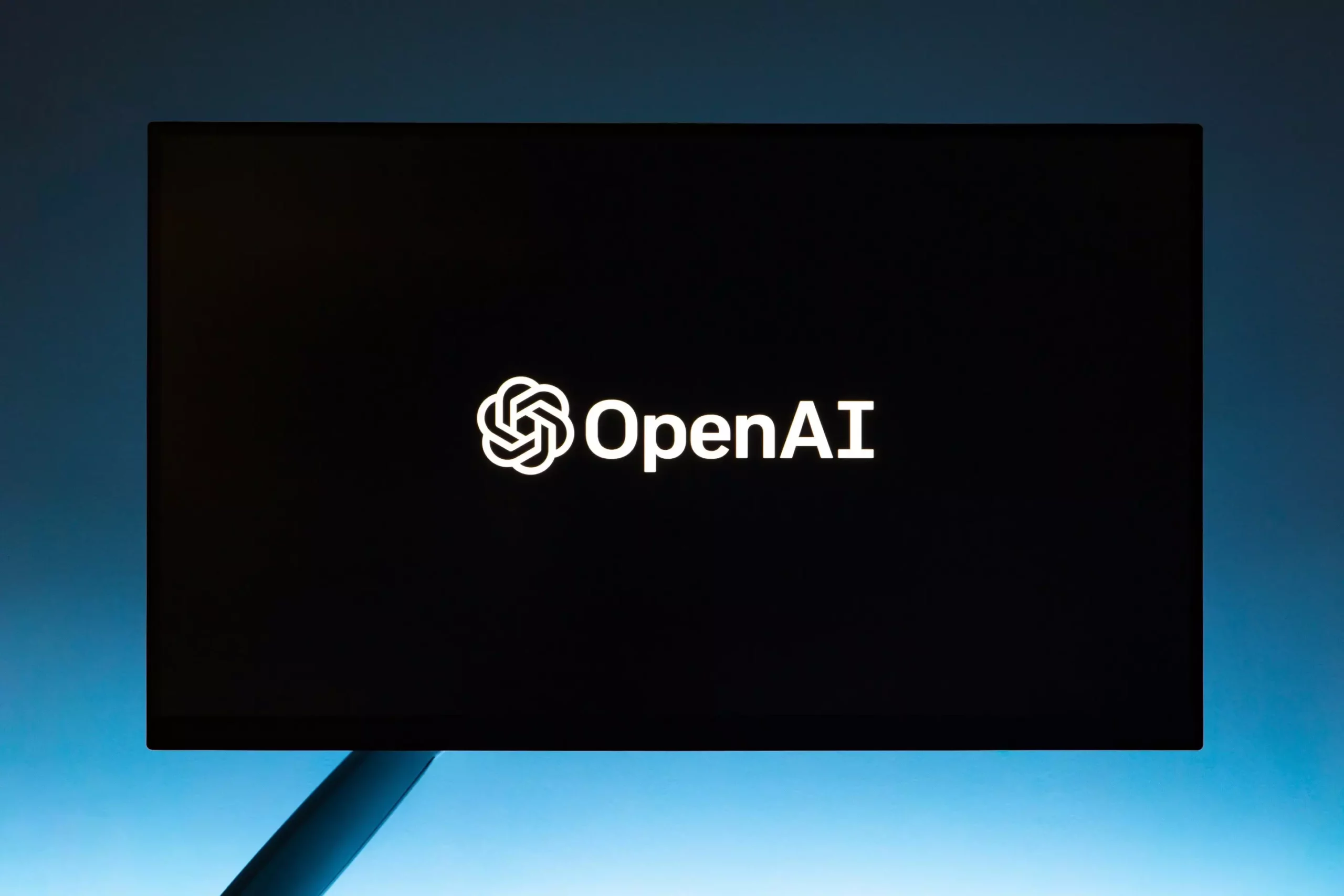As OpenAI navigates a transformative phase in its growth trajectory, discussions are surfacing that suggest a significant change in its corporate structure. One of the most notable proposals appears to be the granting of a 7% equity stake to CEO Sam Altman, marking a potential first for the leader in the realm of artificial intelligence. This prospective change could transition the company from its foundational nonprofit model into a for-profit entity, ultimately aiming to align its financial goals with its broader mission of benefitting society.
The proposal of equity for Altman comes at an interesting juncture. Historically, when OpenAI was established in 2015, it was envisioned as a nonprofit organization, dedicated to the research and development of safe AI that aids humanity at large. Under this premise, Altman chose not to take equity, reinforcing the commitment to societal benefit over personal gain. However, as investment inflows surged, especially from corporate giants such as Microsoft, the challenges of maintaining a nonprofit ethos became increasingly apparent. The realization that significant financial backing was necessary to fuel the burgeoning costs of AI development led to the creation of a for-profit subsidiary in 2019.
This shift has culminated in aspirations for OpenAI to raise an impressive $6.5 billion at a staggering valuation of $150 billion. Such numbers could potentially zap Altman’s net worth into the realm of global billionaires. Granting him an equity stake may serve to align his interests more closely with the company’s financial performance, making evident the operational dynamics that come into play as startups scale.
Amidst these discussions about equity and structural overhauls, OpenAI is also facing an alarming trend of high-profile executive departures. Chief Technology Officer Mira Murati’s recent announcement to exit sent ripples through the organization, highlighting a wave of transitions that follow a tumultuous leadership saga involving Altman’s controversial firing and subsequent reinstatement last year. Such upheavals often lead to uncertainty, resulting in critical management positions being vacated.
Murati’s exit, coupled with departures from other notable figures such as Chief Scientist Ilya Sutskever and Vice President of Research Barret Zoph, raises larger questions about the company’s stability and future direction. These exits appear to stem not solely from personal choice but also reflect internal challenges on multiple fronts. Employees were reportedly taken aback by such developments, indicating a disconnect that could jeopardize morale.
OpenAI’s leadership is now faced with the dual challenge of navigating ongoing management shifts while attempting to foster a cohesive vision for the company’s future. Altman has publicly assured stakeholders that the departures are unrelated to restructuring efforts, although murmurs within the organization suggest otherwise. His recent reassurances that changes are “natural” in rapidly growing companies may underscore a need for strategic realignment more than mere coincidence.
Moreover, as the company prepares for its next steps, Altman has taken the initiative to recalibrate leadership structures, including naming new roles for current employees to fill essential gaps left by those departing. This restructuring may serve to bolster the foundation required for future growth while ensuring that the company’s technical directives remain closely aligned with its mission.
While OpenAI grapples with the proposed for-profit restructuring, its leadership continues to reiterate the importance of the original nonprofit mission. The assurance that the nonprofit will persist even as equity stakes materialize speaks to a complicated balancing act between fulfilling shareholder expectations and adhering to ethical commitments born from the organization’s inception.
This ambition to remain grounded as a beneficial entity while courting profit raises essential inquiries into the values that underpin business practices in the tech sector. As OpenAI pursues its path toward profitability, it is imperative for stakeholders and employees alike to ensure that the commitment to benevolence does not get lost in the pursuit of wealth.
As OpenAI stands at this critical juncture, the true implications of potential management changes and executive shifts are yet to be fully understood. The challenge now lies not only in implementing structural changes but in doing so in a manner that reinforces the company’s foundational mission while fostering a culture that embraces both innovation and ethical responsibility.
Moving forward, it will be crucial for OpenAI to maintain transparency, uphold employee morale, and navigate its identity as a front-runner in the AI space against the backdrop of profound transformations. Whether Sam Altman’s potential equity stake cultivates a stronger align between leadership and organizational goals remains to be seen, but the choices made in these pivotal moments will undoubtedly dictate the future narrative of this influential tech pioneer.

